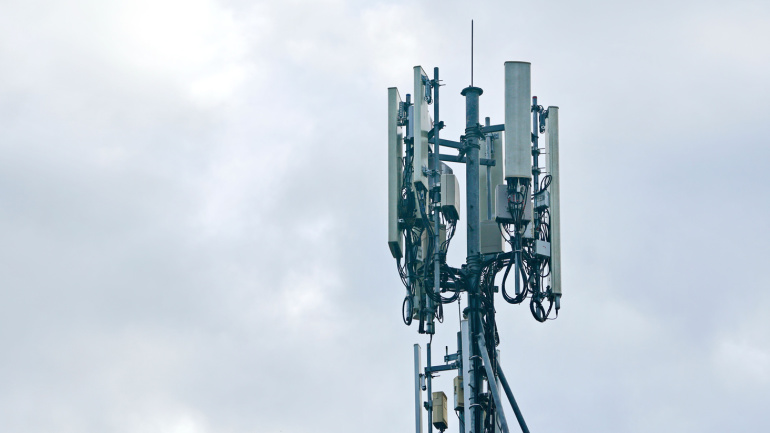Nokia has been chosen to supply Norlys with its complete mobile core network and managed services. This partnership will enhance the performance and reliability of Norlys’ 4G and 5G networks in Denmark. Utilizing Red Hat OpenShift and Nokia’s Cloud Platform, the deployment promises scalable and secure infrastructure solutions for advanced voice and data services.
A recent report commissioned by EE suggests that 4G mobile connectivity can generate significant economic benefits for rural communities, with potential earnings exceeding £6 million. However, in half of the analyzed locations, the cost of upgrading outweighed the financial advantages.
In a significant development for commuters, the Berlin underground (U-Bahn) has finalized the installation of a 4G mobile network, ensuring high-speed internet access across its entire subway system. The initiative, a collaboration between Germany’s O2 Telefonica and Berliner Verkehrsbetriebe (BVG), marks a milestone achievement after years of planning and execution. Data usage among subway users has skyrocketed, increasing sevenfold since 2019, necessitating improved connectivity underground.
KPN, a leading telecom operator, recently announced its plan to retire 2G network by 2025, opening the frequency gates to bolster the reliability and speed of its 4G & 5G networks.
In a significant stride towards eradicating mobile signal blackspots, rural Wales welcomed the activation of the first among 86 planned 4G mast upgrades. This development is part of the ambitious Shared Rural Network initiative, aimed at bolstering mobile coverage in the UK’s rural and remote locales.
EE has made impressive progress in enhancing 4G coverage across rural North Yorkshire, overhauling more than 40 masts in two years. This improvement, part of the £1 billion Shared Rural Network initiative, is shrinking the digital divide, bringing transformative changes to local businesses, residents and even emergency services.
Travelers and businesses at Edinburgh Airport can expect notably improved 4G and 5G coverage, courtesy of telecom giant Vodafone. This upgrade not only means faster data speeds and better call quality, but could also pave the way for exciting new services such as digital passport controls and contactless check-in. Despite the complex infrastructure involved, Exchange Communications assures the ensuing benefits will outweigh the cost.
In a pioneering collaboration, Samsung, Vodafone, and Orange have achieved a significant breakthrough by completing the first 4G calls over shared networks in rural Romania using Open RAN technology. This milestone, with the promise of integrating 2G and 5G, signifies a transformative step towards more efficient, sustainable, and innovative telecommunications.
Telecom giants Vodafone and Orange are breaking new ground with the first real-life 4G calls over a common shared network in an Open RAN setting. Stemming from a landmark endeavor near Bucharest, this initiative provides a glimpse into the potential strengths of an Open RAN-based network. What’s more? The progress doesn’t halt at 4G. The duo are set to soon take down another first – operating 2G and subsequently 5G, over shared Open RAN sites. Both operators see this as a model for extending mobile networks throughout rural Europe.
Amazon’s Project Kuiper and Vodafone join forces to bolster 4G and 5G availability in Europe and Africa using cost-effective low Earth orbit (LEO) satellites. This partnership aims to connect distant cellular antennas to core networks, enabling telecom services without relying on intricate fibre-based systems. With a larger goal of bridging the digital divide, the collaboration also plans to offer backup services for disruptions and connect distant infrastructure.













